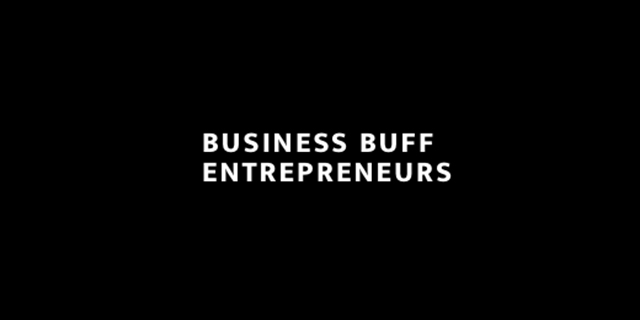We have two distinct minds—our conscious mind and our subconscious mind.
Most of us are very aware of our conscious mind because we “seem” to spend a great deal of time there. However, depending on which study you read, it has been proven that 60-95% of the decisions we make and the behaviors we exhibit are generated by our subconscious mind. Think about that staggering percentage and now think about your daily routine. When you got up this morning did you give any specific thought to the routine of getting ready and preparing for your day? Did you implement any step out of traditional order? If you took the kids to school or drove to work, did you drive the exact same route as yesterday? As you have continued through your day have you given any specific thought to breathing? There is always an exception to every rule, however, in most cases the answer to all these questions for many would be ‘no.’
As we live new experiences our subconscious mind very quickly stores data, creates neuro-pathways, and develops routines that allow us to easily duplicate an action or process in the future like driving to work and, yes, breathing. These pre-existing processes are convenient and even helpful. However, there are two questions I think are important to ponder.
- Are you comfortable spending a significant portion of your life on autopilot?
- How can you tap into the power of your subconscious mind to accomplish what is meaningful in your life?
Autopilot is fine for certain things like which to do first take a shower or have a cup of coffee. However, being on autopilot allows us not to be ‘present’ and provides for missed opportunities. How many opportunities have you missed with your family, your spouse, or at work to do, say, or be something better simply because you were on cruise control. Applied knowledge is power and understanding the power of our subconscious mind allows us to step out of autopilot and unleash our untapped potential. Do you really know what you want? Can you see it clearly in your mind down to the smallest detail? Have you written it down in a clear and concise manner? Do you know why you want it? Do you believe you can obtain it? Charles Simmons, author of Your Subconscious Power states, “Your subconscious thrives on knowledge. In dealing with a condition of life, whether it is a problem or an opportunity, consciously observe its traits. Then decide how you deal with the condition. Assign your knowledge, and your intention to act, to your subconscious. With its reserve of knowledge, your subconscious will then come to your aid.”
Tapping into the power of your subconscious mind can begin by committing to two things. First, deliberately focus your conscious action on positive and results-oriented action. Your subconscious will record these patterns which will help you maintain a positive attitude and focus even when life events take place that could take you off course. Second, change negative influences by deliberately cultivating positive habits that offset negative ones. You cannot erase a negative or bad habit; however, you can replace it with a new and positive influence by simply creating a new pattern your subconscious mind finds noteworthy and is worth repeating. Affirmations are a great system to help make these positive changes take place.
There are so many things in our environment that we cannot control nor influence. However, we have an incredible power source in the combination of our conscious and subconscious mind that is totally within our control. Take control of your destiny, your life, and your success by effectively using the power of your two distinct minds.
Tammy A.S. Kohl is President of Resource Associates Corporation. For over 30 years, RAC has specialized in business and management consulting, strategic planning, leadership development, executive coaching, and youth leadership. For more information visit http://www.resourceassociatescorp.com/ or contact RAC directly at 800.799.6227.





